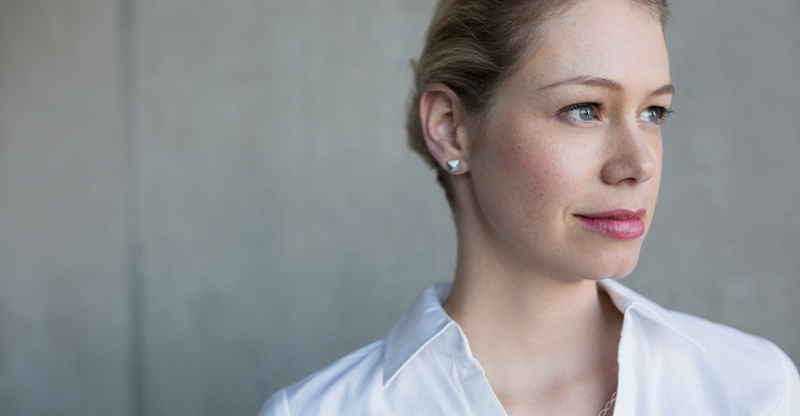8 breast cancer myths busted
Understanding risk for cancer can be confusing and with so much attention on what to do and what not to do from the media, it can get overwhelming. The truth is that there are many myths about how a person gets breast cancer and what to do to decrease risk. We have busted 8 breast cancer myths for you, so read on.
Myth #1: All breast lumps are cancerous.
It’s important to take all lumps seriously and always follow up with your primary care provider, but a lump does not mean cancer. In fact only a small percentage end up being cancerous.
Myth #2: Breast implants cause breast cancer.
Having a breast implant does not cause cancer, but it can make it more difficult to do a self-examination. According to MD Anderson Cancer Center, you may need to take extra steps for screening, and if you do have implants and get breast cancer, you may need to get them removed.
Myth #3: Deodorant causes breast cancer.
Some scientists have reported that deodorants have harmful chemicals in them that can cause breast cancer. But according to the National Cancer Institute, there is not any conclusive evidence that this is true.
Myth #4: Only women get breast cancer.
This is false because breast cancer is a disease that affects the tissue of the breast. It is true that it is more common in women, but men can also get breast cancer.
Myth #5: Breast cancer is hereditary and there is nothing that can be done to prevent it.
It is thought that only about 5 to 10% of cancers are caused by genes, and that about 90% is due to our lifestyle and our environment.
Myth #6: It’s too risky to get mammograms because of radiation.
Radiation is used in mammography because it can detect lumps before a person can feel them, which increase the chances of early detection and treatment. There are specific recommendations as to how often to get a mammogram to reduce risk of overexposure.
Myth #7: Breast cancer is an older woman’s disease.
According to the National Cancer Institute, the overall lifetime risk of getting breast cancer is 1 in 8. It is less common in younger women but that doesn’t mean that younger men and women are risk-free. According to the American Cancer Society, women between the ages of 20-24 have the lowest diagnosis rate and women between ages 75-79 have the highest rates.
Myth #8: Testing positive for the BRCA1 or BRCA2 gene means a person will get breast cancer.
Testing positive for the gene increases risk. A woman has a lifetime risk of about 12% and for women who have a BRCA1 or BRCA2 abnormality, the lifetime risk is about 40% to 85% (about 3 to 7 times higher than a woman without the mutation).
Overall the best thing you can do is partner with your primary care physician and discuss your individual risk and the action steps necessary to stay vigilant and prevent breast cancer. If you hear or see something in the media about breast cancer that concerns you, write it down and discuss it at your next doctor visit. This will help to avoid unnecessary steps or confusion about prevention and risk.
References:
- Centers for Disease Control and Prevention: https://www.cdc.gov/cancer/breast/
- National Breast cancer Foundation: http://www.nationalbreastcancer.org/breast-cancer-myths
- National Breast cancer Foundation: http://www.breastcancer.org/risk/factors/genetics
- National cancer Institute: https://www.cancer.gov/about-cancer/causes-prevention/risk/myths/antiperspirants-fact-sheet
- org: http://www.breastcancer.org/symptoms/testing/genetic/pos_results
- MD Anderson Cancer Center: https://www.mdanderson.org/publications/focused-on-health/december-2014/breast-implant-cancer.html
- NIH National Cancer Institute: https://www.cancer.gov/search/results




